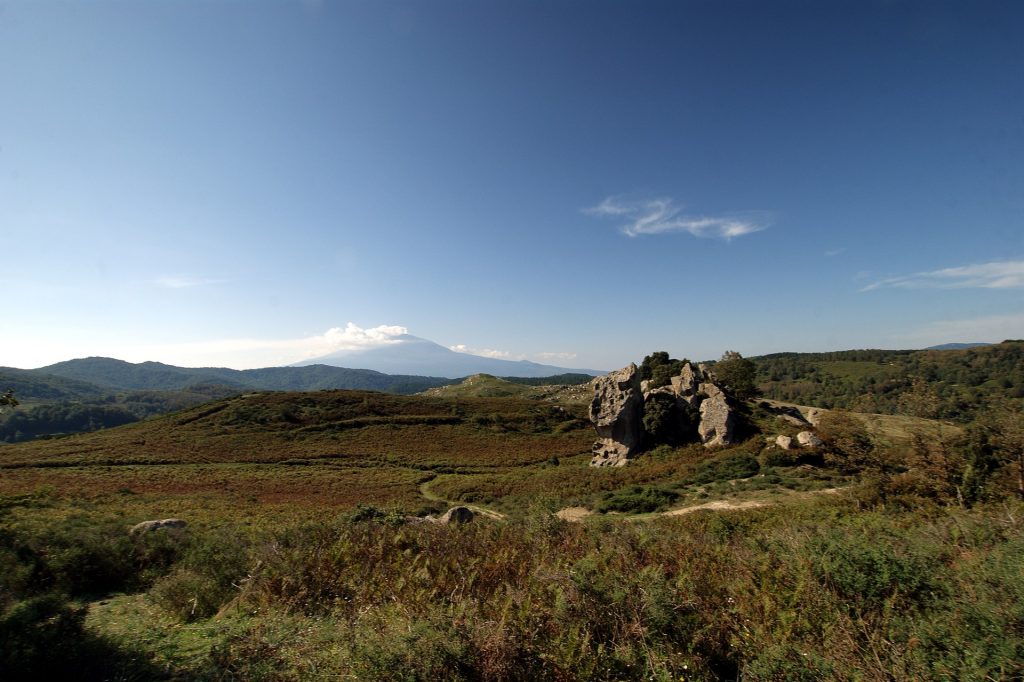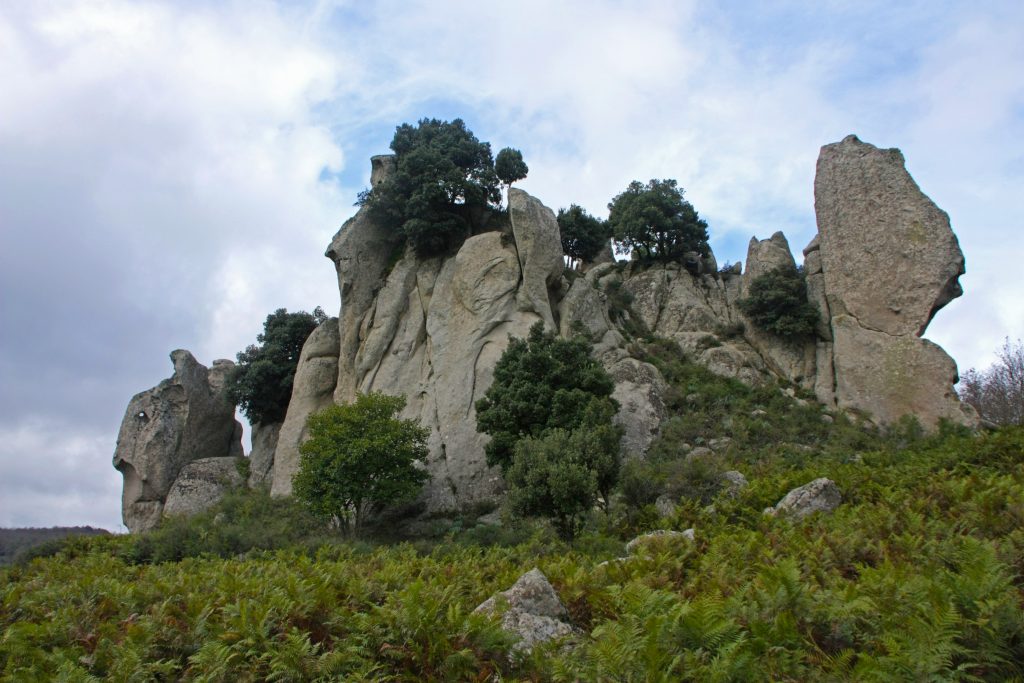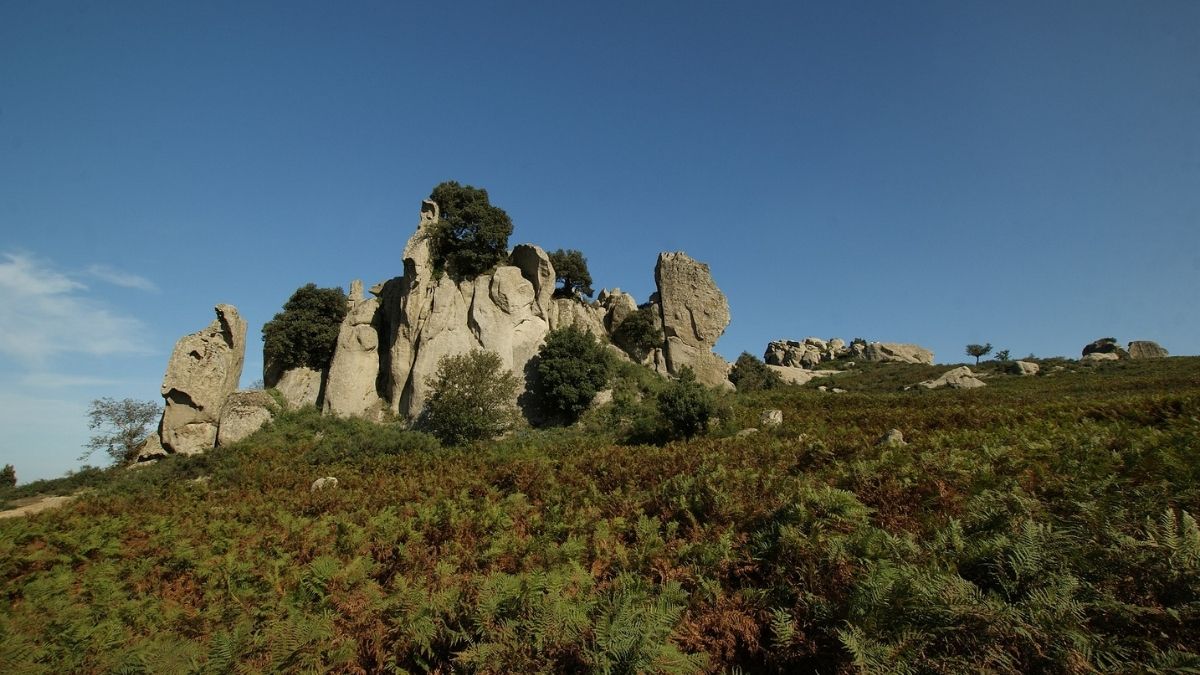Located north ofEtna,Argimuscus it is a surreal looking plateau. He is nicknamed "The Italian Stonehenge". The reason lies in his own anthropomorphic and geomorphic rocks that make it so much like the English site. Yet this site on the border between the Nebrodi and the Peloritani, between the municipalities of Montalbano Elicona, Tripi and Roccella Valdemone, has never been excavated. And, on its origin, there are only hypotheses and mysteries.

The history of the Argimusco rocks
It seems that the history of Argimusco is really very old. And that the plateau was already inhabited during the Bronze Age. That those rocks served to form a natural sanctuary, for rites related to the cult of the Earth and Heaven? This is the most accredited hypothesis. What is certain is that quartz sandstone rocks have anthropomorphic and geomorphic forms of uncertain origin. Perhaps they were shaped by the wind, perhaps man shaped them hundreds and hundreds of years ago. Their position, then, may not be accidental: cultural astronomy investigations even attribute a ritual or calendar function to them. However, the fact that no real evidence of human presence has been found near them suggests more than anything else that - these Argimusco stones - were more than anything else references for astronomical observation, or that rites were held there. .

However, there are differences between the rocks of Argimusco and those of Stonehenge. The first are in factnatural origin: it would have been nature to give rise to the site, and to shape those same rocks, with human intervention only on the margin. Stonehenge, on the other hand, is the most famous and gigantic cromlech, a compound of megaliths which - according to the most accredited theory - was made by man so as to give life to an astronomical observatory. Beyond the similarities and differences, Argimusco is truly a magical place. And it is one of those places that Italians, thanks toundertourism that the pandemic has brought with it, are learning to (re) discover.
The most famous formations of the site
When you take the main plateau path, you can find one map of the site to know the exact position of the most famous and most scenic rocks. There is the mehir of manhood, symbol of fertility with those two rocks placed one in front of the other and representing the male and female organs, and there is theeagle with its beak pointing towards Etna. And then the mammoth, the monkey, the eye, the rock with the sphere. Finally, the praying woman with hands folded in prayer and the warrior (or priest) with his human features. The entire route, two and a half kilometers long, takes about two hours.

The best way to visit Argimusco is to start from Montalbano Elicona. Part of the circuit of the most beautiful villages in Italy, elected "Borgo dei borghi" in 2015, it is truly a place to discover. In its streets, time seems to have stopped, the castle is well preserved, and you can breathe a peaceful air that is difficult to find elsewhere.
Featured photo from Wikipedia (credit: Kondephy - CC BY-SA 4.0)





